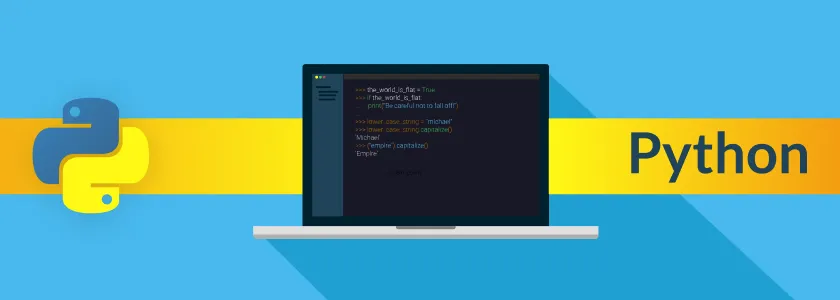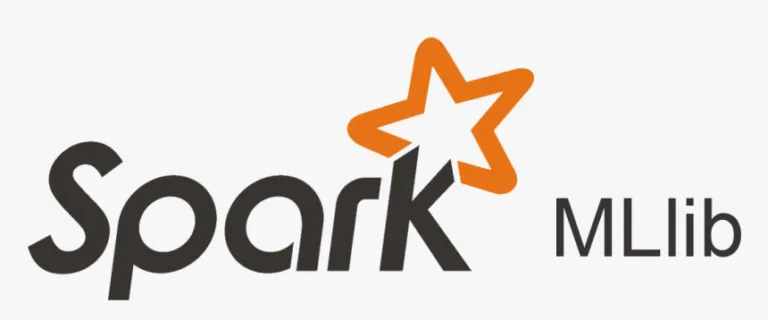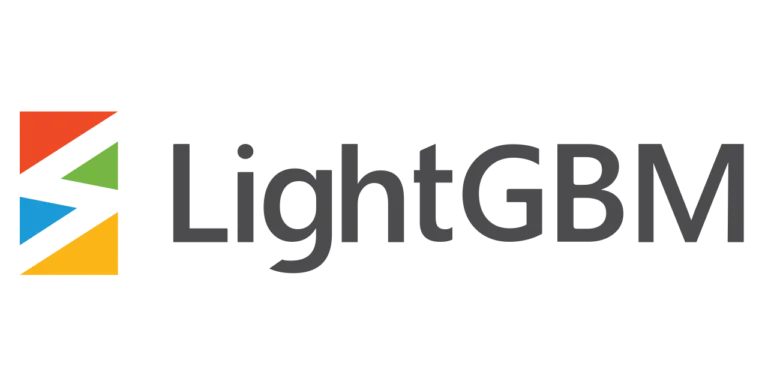Have you been using Python for a while? Maybe you’ve just learned some of it. But Python on its own is just the beginning. Python’s real power comes from a huge number of supported libraries , especially those focused on machine learning.
Which one to use for which tasks depend on what projects you want to do. For example, for a regression problem you’ll use one library and for data visualization you’ll use another. And for deep learning models? Yet another.
Sure, there might be some overlap of libraries in solving different problems, but the simple answer to the question is that you’ll first have to analyze and consider the problem before deciding on which Python library to use.
Nevertheless, there are some libraries that are very popular and will remain popular in 2021. Read on, and you’ll learn about some of the hottest machine learning libraries for 2021.
Pandas
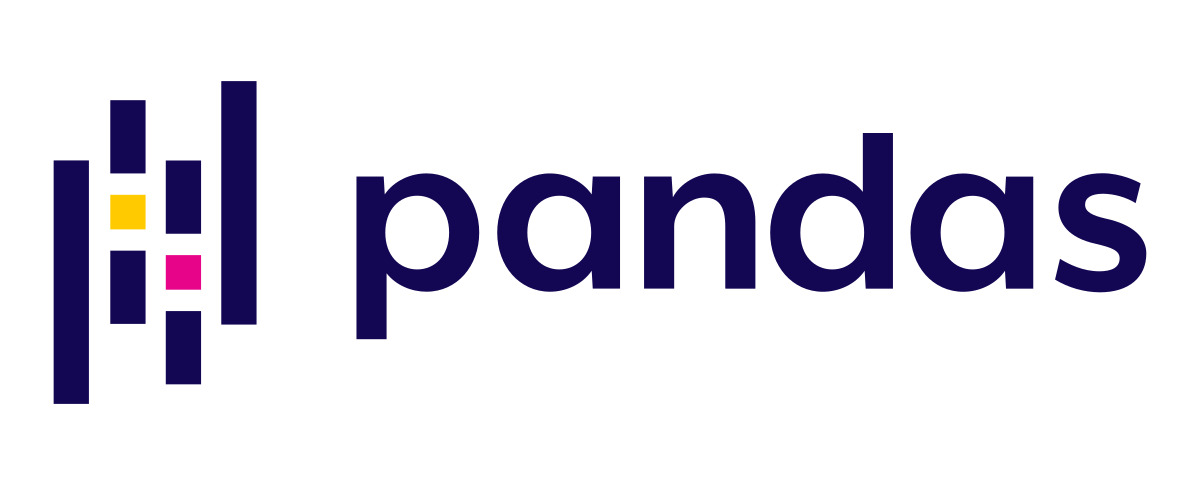
One of the first libraries you’ll encounter is Pandas, which stands for Python Data Analysis Library. It’s a fast, powerful, flexible, and easy to use data analysis and manipulation tool. As such, it provides a wide variety of tools for data analysis and manipulation that makes working with data easy.
Because of this, it’s probably one of the most widely used tools in data wrangling and analysis and you’ll use it in many projects. Using it is as simple as importing data, like a CSV or Excel file and using the created data frame object in your analysis and manipulation.
It gives you all the tools to clean up data, handle missing data, and group data. These are essential to prepare your data before using another library.
Numpy
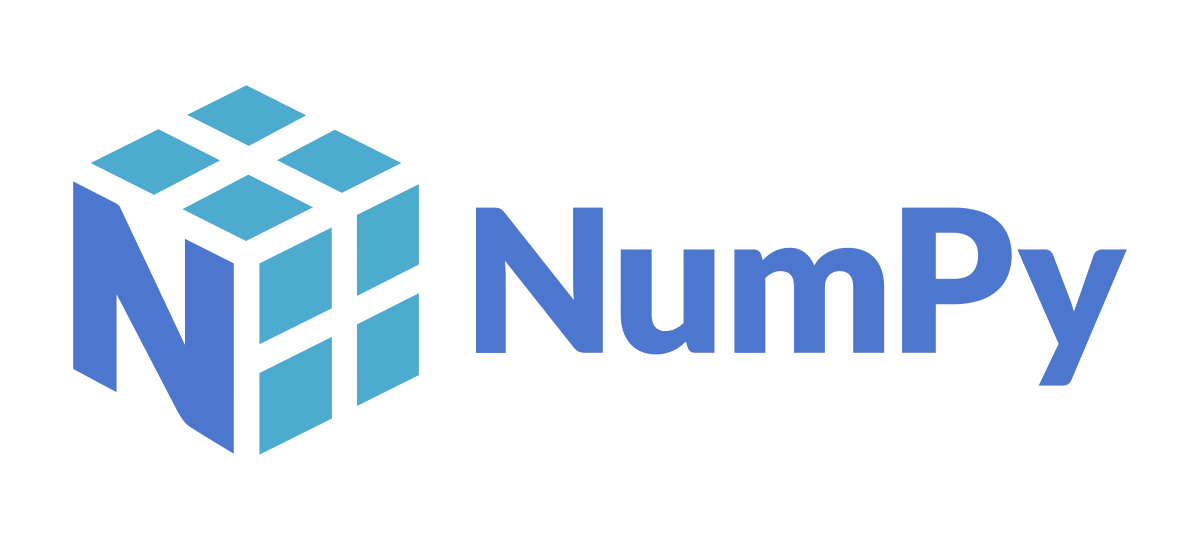
You’ll probably also use Numpy a lot. It stands for Numerical Python and is one of the most popular data science libraries for Python. In fact, some of the other libraries mentioned here rely on Numpy internally to perform their calculations.
It’s the fundamental package for scientific computing in Python and you’ll often encounter Numpy in data science projects when you want to perform algebraic, statistical, or trigonometrical calculations on arrays.
To let you do this, it has at its core, the ndarray object that is up to 50 times faster to process than normal Python lists. It’s also interactive, easy to use, and makes complex mathematical implementations remarkably simple. In fact, Pandas uses Numpy at its core.
Matplotlib
Once you’ve analyzed and manipulated the data, now it’s time to create some visualizations. And that’s where Matplotlib comes in. It is an extremely popular data visualization library for Python.
It lets you create publication quality plots and interactive figures. With it you can also customize things like line styles, fonts, and axis properties in your plots and export these plots to a number of file formats. Ultimately, visualizations make your data come alive and tell the story it needs to tell.
Seaborn
You can almost think of Seaborn as Matplotlib’s younger brother but with a lot more functionality than Matplotlib. In fact, it’s based on it. And like Matplotlib it’s also a data visualization library that you use to make statistical graphics in Python. But where it differs is in how it presents the visualizations as it uses stunning default themes to create attractive and informative graphics.
Ultimately, just like Matplotlib, it lets you explore and understand your data by producing informative plots based on dataframes and arrays. But doing it better, data is easier to understand and analyze.
Scikit-Learn

Once you move on from data analysis and visualizations and into the realm machine learning algorithms, you’ll often encounter Scikit-learn. It’s built on other libraries like NumPy, Pandas, and Matplotlib and provides many unsupervised and supervised learning algorithms that’s ready for you to use. Think of it as a toolbox that holds a variety of machine learning tools you can use, depending on what you want to do.
The Scikit-learn toolbox lets you, for example, do the following:
- Regression, including Linear and Logistic Regression
- Classification, including K-Nearest Neighbors
- Clustering, including K-Means and K-Means++
- Model Selection
- Preprocessing, including Min-Max Normalization
The vision with the library is to provide a level of robustness and support that is required in production systems. This means it incorporates a deep focus on ease of use, code quality, collaboration, documentation, and performance.
TensorFlow

Developed by Google Brain, TensorFlow is a library for numerical computation and large-scale machine learning. Although it can be used across a range of tasks, it focuses on training and inference of deep neural networks.
Some of its key features:
- Can work efficiently with mathematical expressions involving multi-dimensional arrays.
- Offers good support for neural networks and machine learning concepts.
- Uses GPU or CPU computing where the same code can be executed on both architectures.
- Offers high scalability across machines and huge data sets.
Keras
Keras is a powerful and easy to use library for developing and evaluating deep learning models. It’s built on top TensorFlow 2.0 and aims to simplify and make machine learning modelling straightforward.
Because it’s so easy to use and run new experiments it lets you try more experiments quicker. Interestingly, it’s the most used deep learning framework among top-5 winning teams on Kaggle.
PyTorch
Developed by Facebook’s AI Research Group in 2016, PyTorch is a library used mainly for natural language processing. It’s a scientific computing package that that uses the power of GPU acceleration to provide maximum flexibility and speed.
Some of its key features are its simple interface that’s easy to use and its ability to create dynamic computational graphs. Another big plus is that it’s Pythonic in nature. In other words, it integrates fully into the Python data science stack.
Spark ML
Apache Spark ML is a fast, easy to use, and general engine for big data processing and comes with a wide range of machine learning algorithms that includes built in models for streaming, SQL, machine learning, and graph processing.
It’s able to do large matrix calculations because it can run in clusters. In other words, it splits a matrix up into slices and runs the calculations on different servers.
Apart from that is also has these features:
- It’s lightning fast
- It’s easy to use
- It offers support for sophisticated analytics
- It has real-time stream processing
- It is flexible
- It has an active and expanding community
LightGBM
Originally developed by Microsoft, LightGBM, or Light Gradient Boosting Machine is a gradient boosting framework for machine learning. It is based on decision tree algorithms and it’s used for ranking, classification, and other machine learning tasks.
Some of its features are:
- Very fast
- High production efficiency
- Intuitive and user friendly
- Faster training
SciPy
If you want to move past the basic calculations that NumPy can do, you may find Scipy helpful. It is a collection of mathematical algorithms and functions built on NumPy and it adds extensive functionality to the Python session by giving the user access to high-level commands for visualizing and manipulating data.
With it you can solve mathematical and scientific calculations like linear algebra, calculus, ordinary differential equations solving, and signal processing.
Theano
Theano lets you do fast numerical computations on either CPU or GPU. At its heart it’s a complier for mathematical expressions in Python. It knows how to take your structures and turn and turn them into efficient code that uses NumPy, native libraries, and native code to run as fat as possible. It also uses a series of code optimizations to run as good as possible on your hardware.
It’s a key foundational library for deep learning in Python that you can use to create deep learning models or wrapper libraries that makes building these models easier. Despite this, and although it’s similar to TensorFlow, it’s not efficient as TensorFlow.
Conclusion
Now you have a straightforward guide into the hottest machine learning libraries for the year ahead. But don’t stop here, read more, learn more, and find out what Python can do for your next project. Now, which library do you think you’ll use most? What type of projects do you find most interesting? If you’d like to learn more about how we can help you with a Python project, just contact us.
Looking for a team of skilled developers to help develop your product? Find our custom software development solutions.
